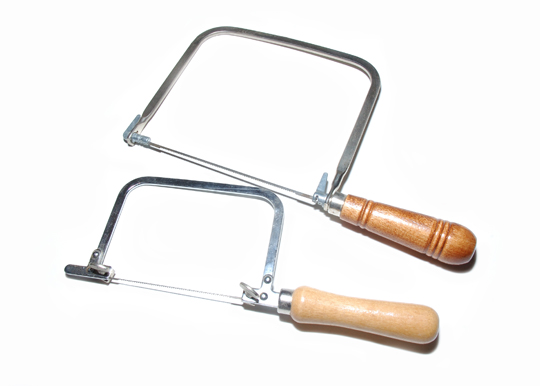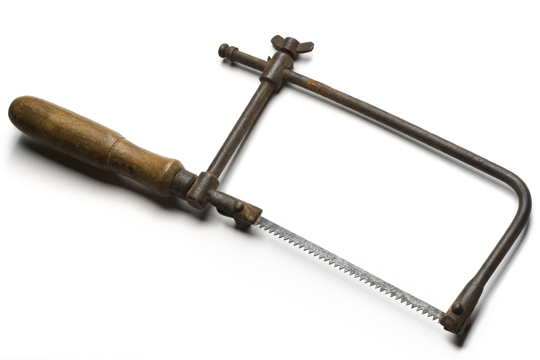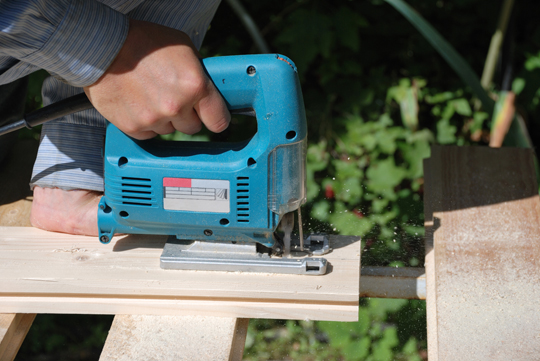Coping saw blades are thin, hardened steel blades that can be effectively used to cut shapes and designs inside wood or make coped joints in crown moldings. While these blades are strong and super efficient, they must be replaced from time to time so that you can continue to work more efficiently and less dangerously on your projects.
Why Coping Saw Blades Need Replacing
With continuous use, blades of any kind become dull and lose their edge. This means that firstly, the quality of the cut won’t come out as clean as it should be. Secondly, you will need to put in a lot more effort to perform a task that could be performed much more easily with a sharper blade. Another significant factor here is that having to work too hard means that there is a larger risk of slipping and hurting yourself while working with a dull saw blade.
Understanding when your coping saw blade needs replacement is something only you can do well, based on a judgment of how easy or difficult it is right now for you to use it. Abrasive materials and friction heating can weaken the sharpness of the blade. Sharpening it may not always be a good idea either, especially in the case of carbide tip blades. In fact, a new pack of coping saw blades usually costs just a few dollars, and hence, it is best to replace them when you feel it’s necessary.
How to Replace a Coping Saw Blade
1. Replacing a coping saw blade is a fairly simple process. You must first squeeze the saw so that the blade is sufficiently loosened.
2. You can then unhook it from both the ends.
3. It’s now time to attach the new blade, which can be hooked into the now-free slots and simply twisted to fit in position.
4. The tautness can be adjusted by twisting the handle, and you are all set for your next project.
Taking Care of Your Coping Saw Blade
When not in use, it is best to keep your coping saw blades wrapped in something soft and protective to preserve the sharp edges. Slicing a piece of hose and storing the blades in it can be a neat trick. Also, before you begin cutting something, ensure that there are no nails in the wood, as that could damage the edges of the blade
Get the Right Help for Your Woodwork Project
You don’t have to be an expert at handling a coping saw if you need some woodwork done for your home. You can get in touch with trained and experienced professionals who can do the job to perfection within minimal time. Just drop us a line, and we at TalkLocal will make sure you are connected with the very best professionals in your area.







